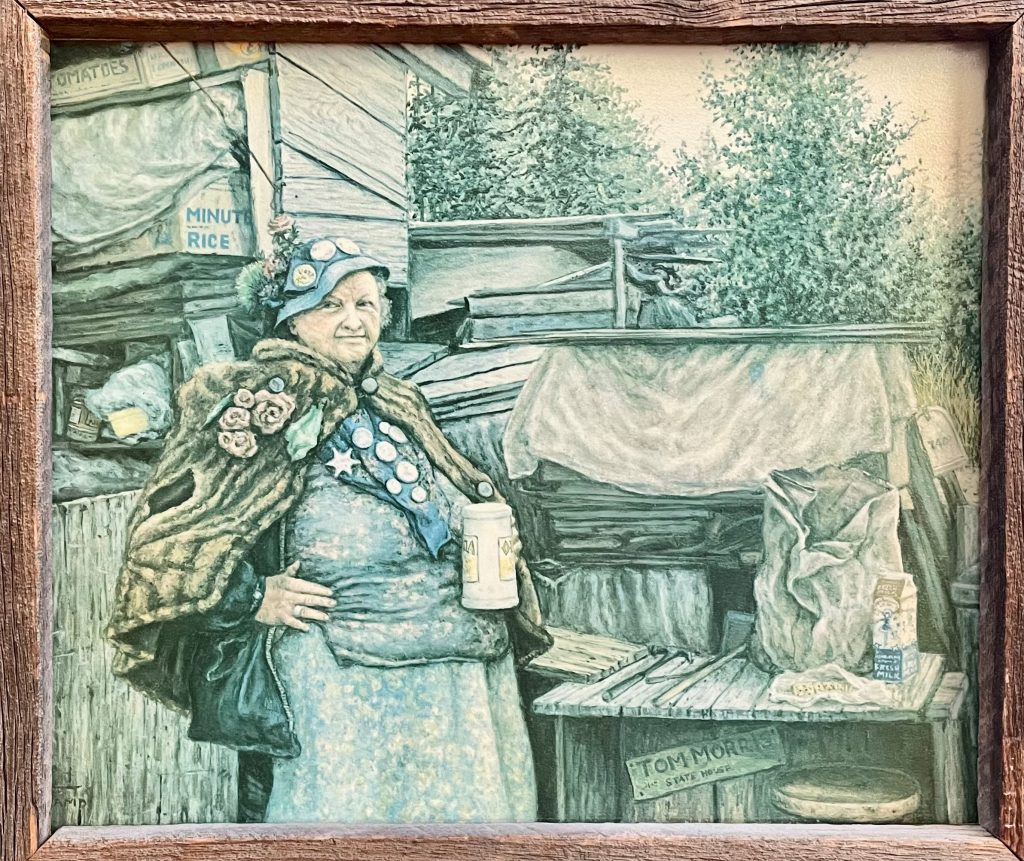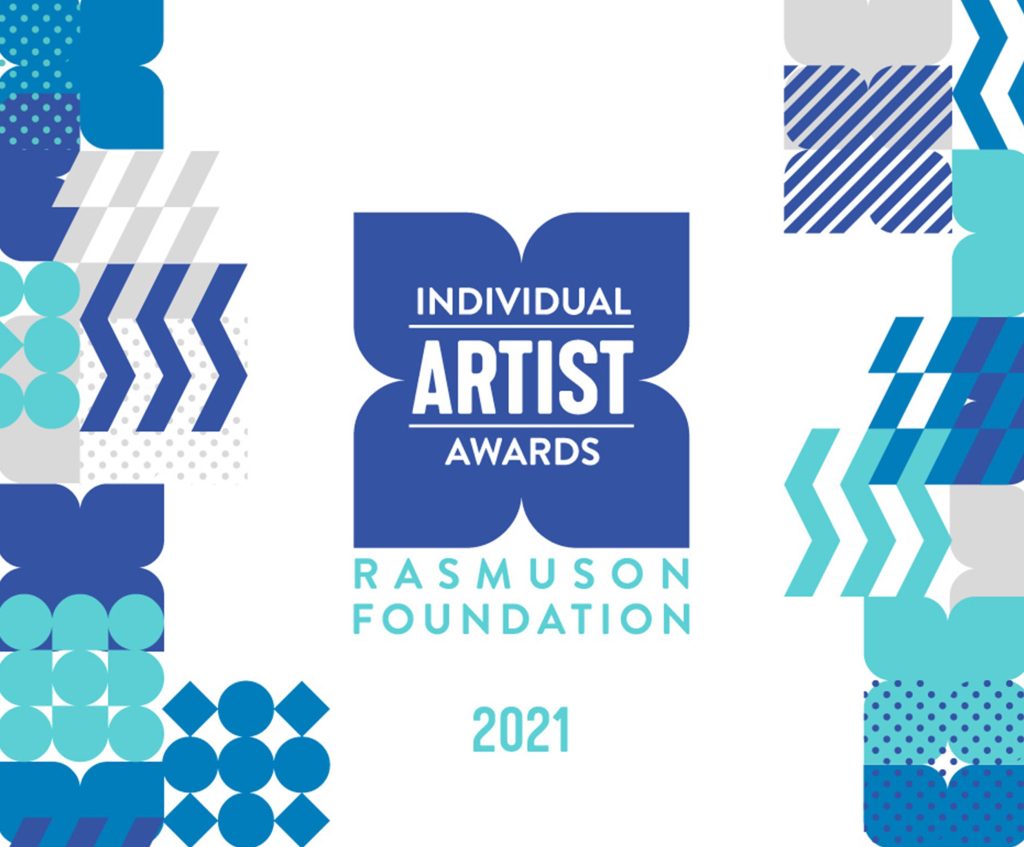Lately I was asked to define art, something I normally wouldn’t attempt. Writing doesn’t feel like art (though I know it is), perhaps because of my journalism years before I entered book publishing. So what is art, and what drives the creative process? For me, creative expression is fueled by a persistent idea. One that will not leave me alone until I act on it. The fact is, I’ve been quietly obsessed about a certain book idea for more than twenty years. It’s been simmering on the back burner while I wrote other books that needed writing.
This month came the wonderful announcement that I could actually focus on that unwritten book. I was among thirty-five Alaskans named as recipients of Individual Artist Awards from the Rasmuson Foundation. It’s not that I didn’t expect it–I mean, I did apply and create a proposal–but I didn’t expect it. When I got the call, I smiled, swallowed, and told my friends who were sitting nearby, “Oh, man. Now I’ve got to write that book!”
“That book” is the story of Irene Sherman, a woman who was well-known to the people of Fairbanks, Alaska, for most of the 20th century. Irene came along in 1911, born to the daughter of a hotelier who’d married a gold miner/trapper. The romantic part of the story ends there, however. At age five, Irene was disfigured by fire and suffered significant scarring on her hands, arms, torso, and face. People spoke of a cabin fire and Irene’s heroic role in saving herself and others. Was it true? The story had been embellished through the decades. By 1988, the elder Irene was a mainstay on the streets of town, a brash bag lady dressed in layers of clothing, wrapped up in a dirty parka cinched with a worn leather belt. She was loud, opinionated, and thirsty for a free beer any time of day, feared as well as treasured by the locals. As a magazine writer in the late 1980s, I followed Irene to learn her story.

That story in digital form can be found under the Newspaper Writing tab on this website. As a pdf, it has been a touchstone of truth whenever speculators go sideways while remembering Irene Sherman. The experience of spending time with her, researching the archives, interviewing those who knew her well and quietly saw to her needs–all of it made for one of the most profound, well-recognized pieces I’ve written. I had a couple of breath-taking moments of discovery while researching and shattering the myths. The story won awards. I thought I was done. Irene died in 1995 and the old pioneer cemetery in Fairbanks was reopened for one last interment. Front-page news. Life goes on.
And then in January 2019, I received an email from a stranger who introduced herself and said her husband was related to Irene through his mother. That lady had been adopted away from the birth mother she shared with Irene. The sisters never met, never knew each other. And there were other siblings they’d heard about.
Follow-up conversations and exchanges of information had me so stirred up that I began to think more about a book. Although Irene’s memory wasn’t ironclad, she had told me that her mother had birthed seven children. I’d learned that two had died in horrific circumstances through which Irene lived. The others were all adopted out.
Where were they and what had their lives been like? How was it that siblings who were raised in different states, unaware of each other, had such similar behaviors? I did some early research before applying for the Rasmuson grant. And I’ve been intrigued by some of the answers, frustrated by the loose ends, and eager to dig deeper. I’m so grateful to the Rasmuson Foundation and its support of the arts, for worthy non-profits, and for equipping leadership in Alaska. This amazing opportunity has revived me. Time to write that book.
To see the full list of recipients for the 2021 awards, click here. Congratulations to my fellow IAA awardees.

